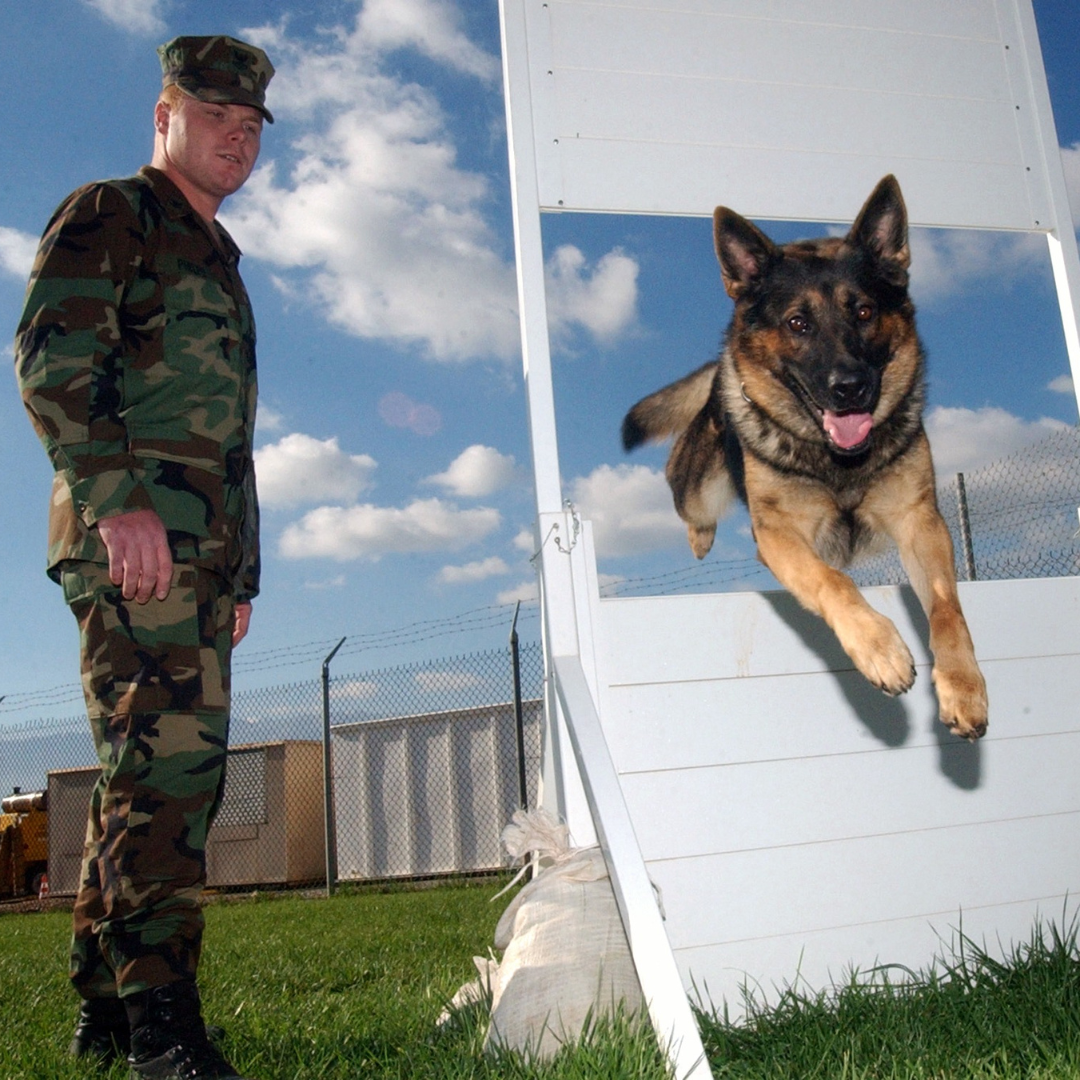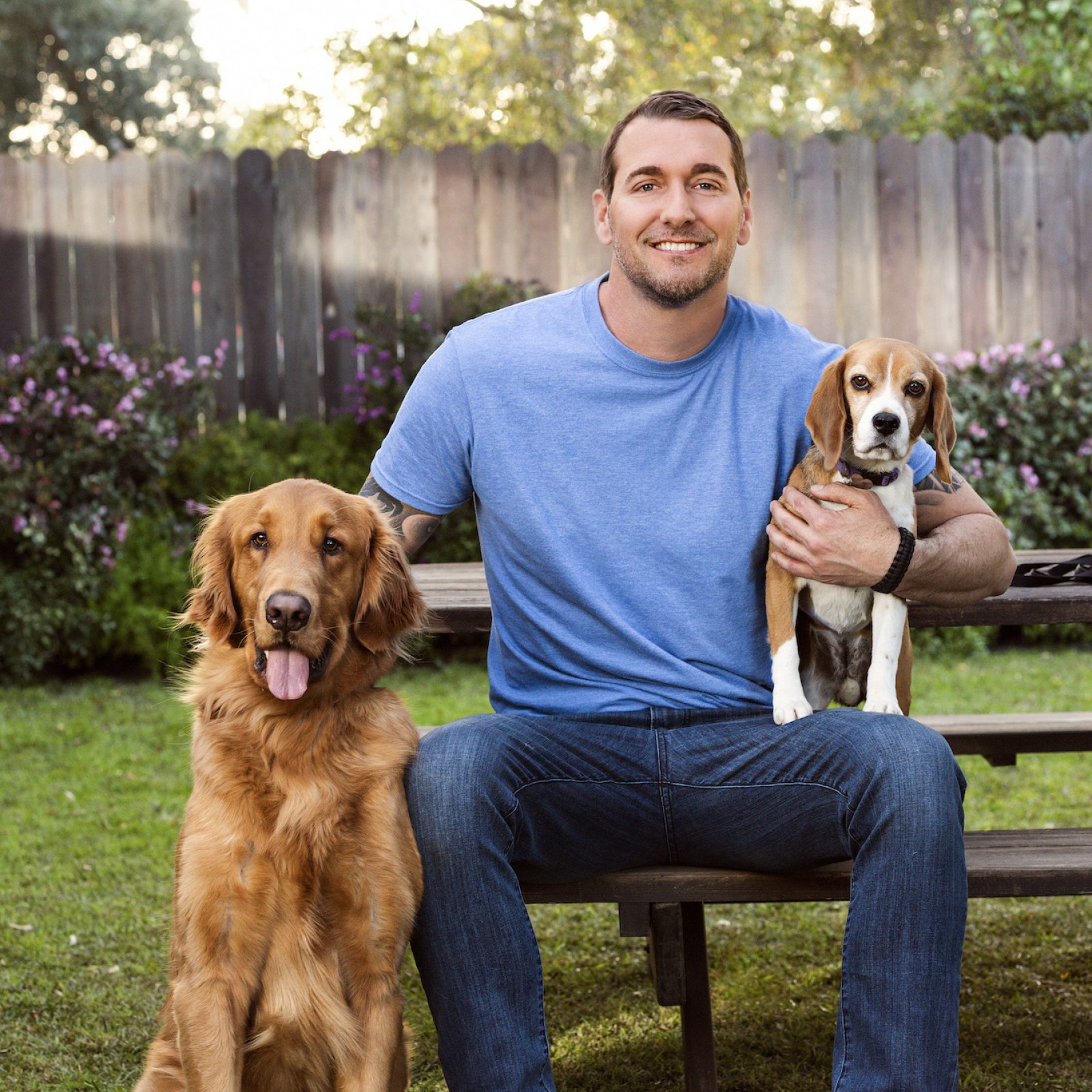The Advantages of Selecting Dog Training Near Me for Tailored Solutions
Unlock Your Pet dog's Possible: Proven Pet Training Strategies for Success
Effective canine training is a nuanced procedure that rests on recognizing canine actions and using scientifically backed techniques. Dog training. By incorporating positive reinforcement, establishing clear commands, and prioritizing socialization, canine owners can cultivate a productive connection with their pet dogs. Nonetheless, obstacles frequently occur that need customized services and an individual technique. Discovering these verified techniques reveals not only the possibility for behavior enhancement however also the much deeper bond that can be developed between owner and pet. What necessary methods must be thought about to really unlock your dog's possibility?
Recognizing Dog Actions
Comprehending canine actions is crucial for efficient training and cultivating a positive partnership between pets and their owners. A thorough grasp of canine body movement, vocalizations, and social communications is essential for identifying their requirements and feelings. Dogs interact primarily with non-verbal signs; for example, a wagging tail might indicate exhilaration, while pinned ears can signify worry or entry.

In addition, ecological variables play a significant duty in forming a pet's actions. Adjustments in regular, new surroundings, or the presence of strange people can cause stress and anxiety or anxiousness in pet dogs. Acknowledging these triggers allows owners to mitigate damaging responses and establish suitable training strategies.
Inevitably, a deep understanding of pet dog habits lays the foundation for effective training techniques, improving both actions and the general bond between the pet and its proprietor. dog training charlotte nc. This understanding is essential for fostering a well-adjusted, satisfied canine buddy
Favorable Reinforcement Techniques
Reliable training depends greatly on positive support methods, which have been revealed to yield substantial results in shaping wanted habits in pets. This technique involves awarding a canine for showing particular actions, thus increasing the chance that these habits will certainly be repeated. Benefits can take various kinds, consisting of deals with, appreciation, toys, or playtime, depending upon what encourages the private dog.

It is important to slowly terminate incentives as the dog learns the behavior, transitioning to intermittent reinforcement. This technique preserves the habits gradually while protecting against dependence on consistent benefits. By focusing on positive reinforcement, trainers can cultivate a relying on partnership with their dogs, advertising a cooperative and healthy and balanced training setting that improves general obedience and performance.
Developing Constant Commands
A fundamental facet of successful dog training is train dog to be therapy dog the facility of consistent commands. Uniformity in commands is critical for efficient interaction in between the dog and the instructor. When commands are consistent, pets find out to associate details words with desired actions, which accelerates the training process and boosts understanding.
To establish constant commands, it is essential that all relative use the very same terminology and gestures. If one person utilizes "rest" while another states "rest down," it can produce complication for the dog. Select clear, unique words for commands and ensure everybody associated with the canine's training sticks to these selections.
Enhance commands via constant technique, making certain that the dog receives ample opportunities to respond correctly. When a dog successfully follows a command, immediate positive support needs to adhere to.
Last but not least, be person. Developing regular commands requires time and initiative. With commitment and clearness, you will help your dog develop a solid understanding of assumptions, inevitably bring about a mannerly friend.
Socializing and Direct Exposure
Interacting socially a pet dog is crucial for cultivating a positive and well-adjusted companion. This process involves exposing your dog to a variety of settings, individuals, and various other pets to develop their social skills and flexibility. Early socializing, ideally between the ages of three to fourteen weeks, is critical, as it lays the foundation for a canine's future behavior.
Throughout socialization, aim to give positive experiences in different setups, such as parks, busy roads, and homes with various other animals. Present your pet dog to various stimulations, including audios, views, and smells, making certain that each experience is rewarding. This direct exposure aids alleviate worry and anxiety, leading the way for a more resistant dog training instructor courses canine.
Engaging in regulated team play sessions with other pet dogs can also boost social skills, educating your animal ideal interactions and boundaries. Constantly check your canine's convenience level throughout these experiences, slowly increasing direct exposure as their confidence expands. Keep in mind, the goal is to develop an all-round pet dog that flourishes in varied scenarios, promoting a harmonious connection with both human beings and other animals. Prioritizing socializing will significantly add to your pet's overall happiness and habits throughout their life.
Conquering Common Educating Obstacles

Pet dogs might have a hard time to focus in hectic or unknown setups. Slowly desensitize your dog to interruptions by beginning training in a silent environment and slowly introducing more stimulations as they come to be proficient.
Furthermore, behavior concerns like leaping or excessive barking can become aggravating. Address these by showing different actions, such as resting calmly when greeting guests. Consistency and persistence are vital; enhance wanted actions consistently and avoid scolding, which can lead to confusion.
Lastly, recognize that each canine is special, and training timelines might differ. Dressmaker your strategy to your pet's specific demands, and look for expert support if needed. With determination and the ideal approaches, getting over these obstacles can cause a trained, delighted canine buddy.
Conclusion
To conclude, unlocking a dog's potential necessitates a thorough his explanation strategy that integrates an understanding of canine habits, the application of positive reinforcement strategies, and the facility of constant commands. Early socialization and exposure to varied atmospheres additionally enhance a dog's flexibility and self-confidence. By dealing with common training obstacles with customized methods and persistence, a cooperative and unified partnership between dog and trainer can be promoted, ultimately causing a well-behaved companion qualified of flourishing in various scenarios.
Efficient dog training is a nuanced procedure that hinges on recognizing canine habits and employing medically backed techniques.Recognizing dog behavior is vital for reliable training and promoting a favorable relationship in between dogs and their proprietors.Reliable training depends greatly on positive reinforcement strategies, which have been revealed to generate significant outcomes in forming desired actions in dogs. When commands are uniform, pets learn to connect details words with desired habits, which increases the training process and improves understanding.
In verdict, opening a dog's prospective demands a comprehensive technique that includes an understanding of canine behavior, the application of positive reinforcement strategies, and the establishment of constant commands.